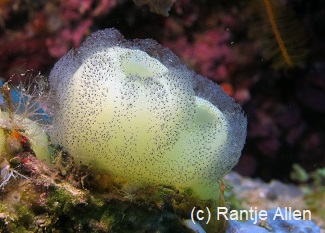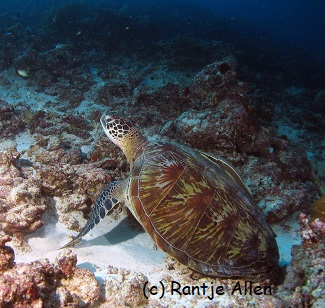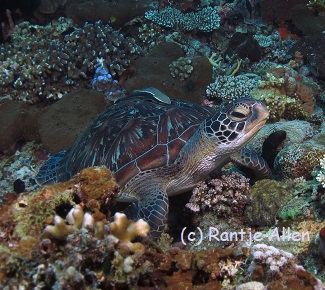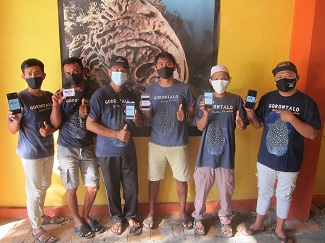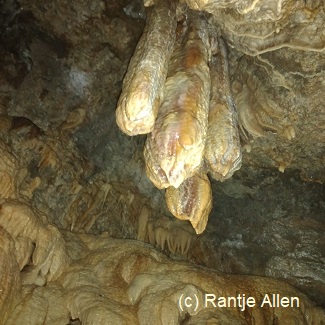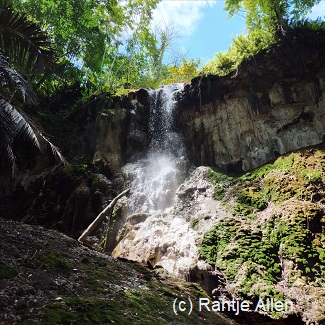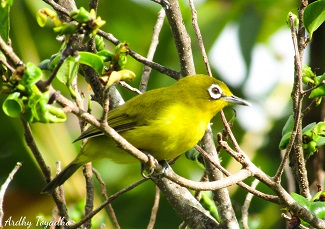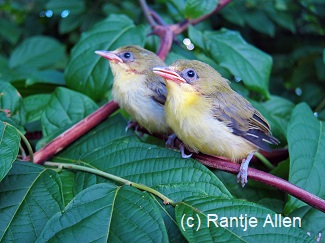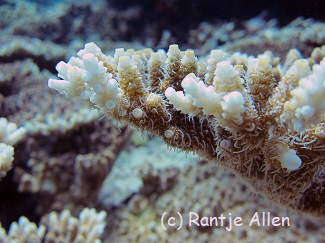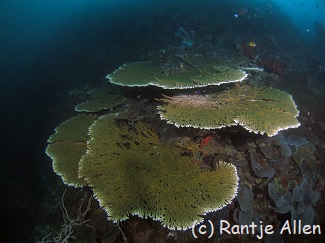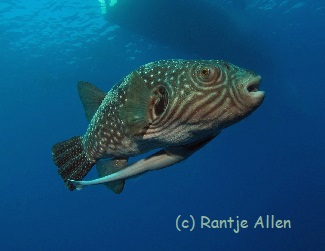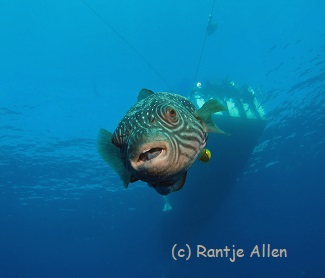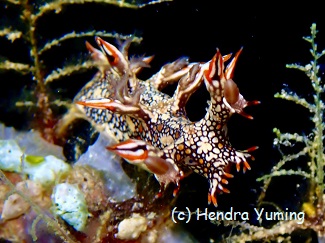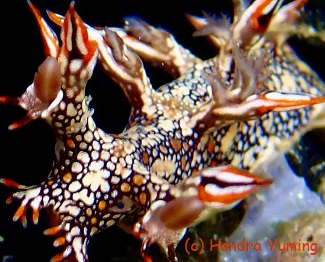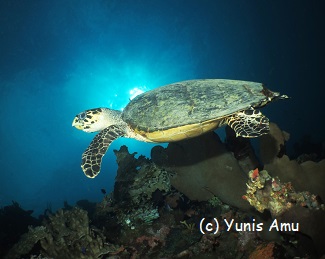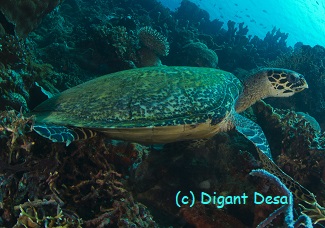Loading content - please wait...
Entoprocta on solitary tunicates in Gorontalo
Entroprocta is a division of extremely small aquatic animals that mostly live in colonies. Their body shapes look like tasseled tulips on long stalks. Miguel’s Diving staff often find them.
A Speckled, White Halo
In Gorontalo
, Miguel’s Diving staff see colonies of Entoprocta growing on the surface of certain solidary tunicates. Tunicates are actually animals, as well. We do not know which genus or species we most common here. These colonies look like a transparent forest sprouting from the tunicates surface. Individual entoprocts appear to have a dark spot. Sharp focus with a good lens is required to see the colony and its individuals.Not a Flower
, but an AnimalEntoprocta is a phylum of animals. All but two of 150 species are found in the world’s oceans. The other two live in fresh water. As adults, they cannot relocate, so they are sessile. An individual measures between 0.1 and 7 millimeters tall. An adult appears to be a tall stalk with a tulip on top. The top is ringed with solid tentacles. Moving their microscopic hairs or cilia creates a current that draws plankton into their mouths.
Both the mouth and anus lie inside this tentacle-ringed tulip. In fact, the name Entoprocta means inside anus.
Scientists call these critters zooids because they are not fully independent animals. In many ways they resemble bryozoans. However, anatomy and feeding are different.
Stalks of colonial Entoprocta rise from a shared foundation. This can be a plate or a network of tubes, which are called stolon. Solitary entoprocts are firmly anchored with a muscular foot. They will exhibit a nodding motion. Remarkably
, some solitary species can move by creeping or by doing somersaults.Reproduction of Entoprocta species
Both colonical and solitary entoprocts can reproduce sexually or by cloning. Depending on the species
, unfertilized eggs are released into the water column. Other species have a pouch where the eggs mature then hatch. Some species even have an organ like a placenta to nourish the developing young.Upon hatching
, the larvae swim until they attach to a suitable surface. There, they will change into the adult form as described above. Moreover, the larvae will move its gut from pointing down to facing up. In this way, both mouth and anus face upwards. That is the most distinctive characteristic of Entoprocta.All species can reproduce by budding. New zooids form from the network of stolon. Or, they can grow from a stalk. These will be clones of the parent. In this way, large colonies can form. Perhaps that is what we commonly see in Gorontalo.
As for entoprocts in Gorontalo, only Miguel’s Diving staff know about this marine animal. For your chance to see a colony of them, please make your dive reservations with us.





